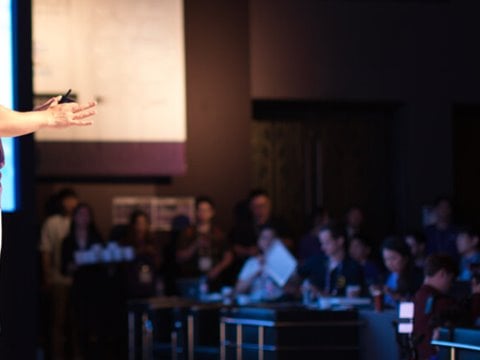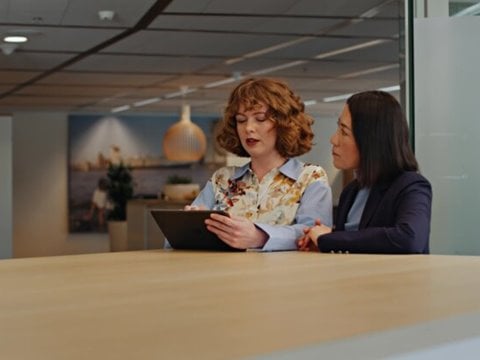
Industrial maintenance in the digital age – will flying cars become a reality?
One of my all-time favorite visions of the future is the dream of a flying car. The Wright Brothers got the Wright Flyer in the air in 1903. The Ford Model T was launched in 1908, soon followed by Glenn Curtiss’ introduction of his autoplane. The dream of a flying car was born. The autocar looked the part, although saying it actually flew was a stretch as it did not actually fly, rather bounced off the ground for short periods of time.
The dream of a flying car, or a road-hugging plane, has endured throughout the years; at times, ending in a crash, but more often done in by a lack of financing. This did not, however, discourage the innovators. On the contrary, the dream just kept evolving over the years.
Today, the dream is of an autonomous, electrically-powered vertical takeoff and landing (eVTOL) vehicle. That dream lives on and is stronger than ever before. Large aviation firms are abuzz with the idea. It attracts start-ups backed by high-profile businesspeople and financing from top global companies. There are companies like Uber that are interested in an aerial ridesharing initiative. The quest has evolved from a search for personal freedom to a more practical getting away from the grind of bumper-to-bumper traffic. Now, the focus is on using the freedom of airspace to move people and goods quickly from one place to another.
Thinking beyond the horizon
With the evolution of this dream in mind, let’s continue on the topic of industrial maintenance. As in any industry, within terminal operations the role of automation, electrification and digitalisation is increasing rapidly. Still, today a lot of the focus is centered on attaching wings to a car – that is, improving the traditional ways of doing it.
“Within terminal operations the role of automation, electrification and digitalisation is increasing rapidly. Still, today a lot of the focus is centered on attaching wings to a car – that is, improving the traditional ways of doing it.”
This is not an understatement. To the contrary - a lot is happening already today. Technologically, automation and robotics are both on a long-term development curve. They are mature technologies as such, but improvements like 5G in fast communications, continuous increase in computational power, and new sensor technologies all move the development further. Artificial Intelligence is already here – and will become even more important with time.
To many it feels that we already have plenty of innovation. What could possibly come next?
Orchestration will be the key
We can all read in the maintenance management textbooks that maintenance is not important in itself – without justification it is just a cost. Maintenance is valuable only when it serves the purpose of the core business.
"Maintaining software and networks are the “oil filter changes” for the fleets of the future.”
It is clear that many of today's basic maintenance needs will decrease. At the same time, equipment will have more advanced technology on-board. Maintaining software and networks are the “oil filter changes” for the fleets of the future. They will either enable fleets to run smoothly or cause hitches if maintenance is neglected.
I believe, and already see that the maintenance business view will continue to shift from small, discrete parts towards viewing the whole. Software connects and orchestrates equipment fleet operations, bringing with it transparency through the logistic chain outside the ports and terminals. This, in turn, enables better timing and accuracy of actions taken, but it also puts more pressure on the supporting functions like maintenance.
The skill of managing the maintenance of an operationally optimised, connected high-tech fleet will become a key factor for good operational performance. We can already see that among the forerunners: the role of maintenance is shifting from “greasing and replacing the spare parts” to being a daily, active partner in the ongoing search for more efficient operations and higher quality.
In addition to finding the technologies that enable us to fly, there needs to be new ways to organise air traffic as well. Technology providers are more than keen to take on the challenge of the flying element. However, this is not enough. Without the “big picture”, rethinking the role of maintenance in port and terminal operations, the flying car remains just a dream.
 |
Harri Happonen, D.Sc.(Tech.) Manager, New Earning Logics Harri focuses on customer centric business development especially in the area of digital services. He has broad experience on building and facilitating value-creating networks with customers, partners, start-ups, universities and research institutes – on a mission to identify problems really worth solving and find the most value adding solutions.
|
Related articles
Subscribe and receive updates in your email
Subscribe













